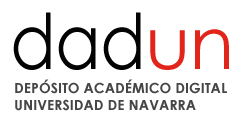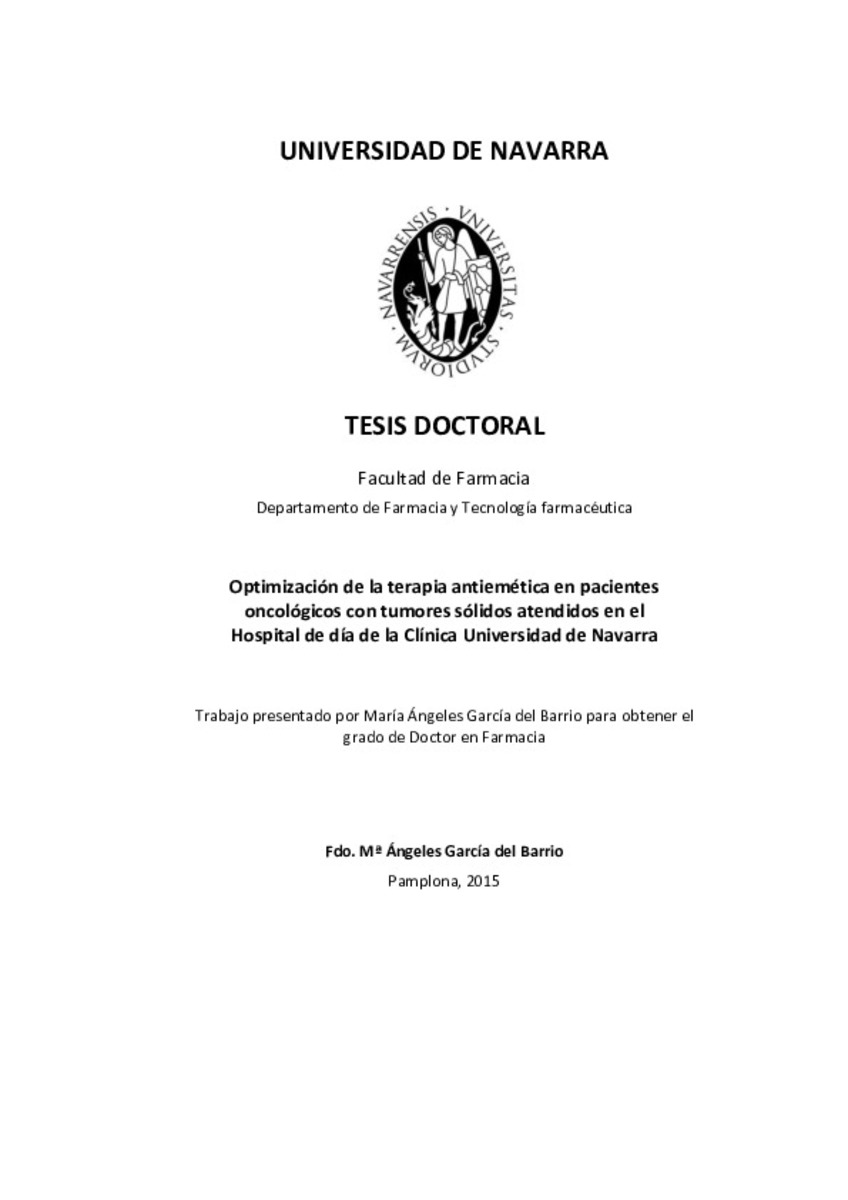Optimización de la terapia antiemética en pacientes oncológicos con tumores sólidos atendidos en el Hospital de día de la Clínica Universidad de Navarra
Keywords:
Materias Investigacion::Ciencias de la Salud::Oncología
Evaluación de fármacos
Terapia antiemética
Tumores sólidos
Vomiting
Emesis
Antineoplastic agents
Chemotherapy
Defense Date:
29-Apr-2015
Publisher:
Universidad de Navarra
Citation:
GARCÍA, María Ángeles. "Optimización de la terapia antiemética en pacientes oncológicos con tumores sólidos atendidos en el Hospital de día de la Clínica Universidad de Navarra". Aldaz, A. y Martín, S. (dirs.). Tesis doctoral. Universidad de Navarra, Pamplona, 2015
Statistics and impact
0 citas en

0 citas en

Items in Dadun are protected by copyright, with all rights reserved, unless otherwise indicated.








